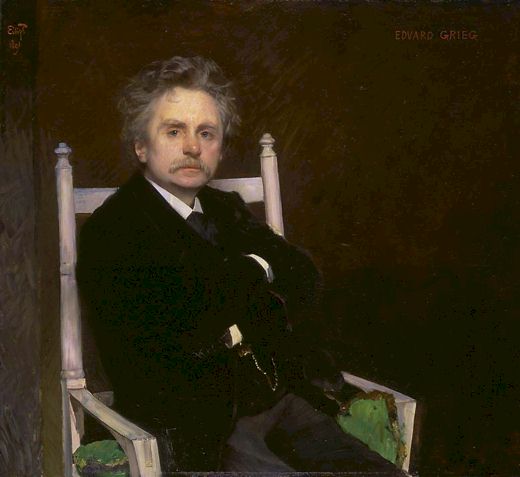Edvard Hagerup Grieg, the renowned Norwegian composer, remains one of the most celebrated figures in classical music history. Born on June 15, 1843, in Bergen, Norway, Grieg displayed his musical talents from a young age. His mother, Gesine Judith Grieg, recognized his potential and encouraged his musical education.
Grieg’s early musical training began when he was just six years old, learning the piano from his mother. His formal education in music started at the age of 15 when he entered the Leipzig Conservatory in Germany. It was here that he honed his skills in composition under the guidance of renowned composers such as Ignaz Moscheles and Carl Reinecke.
- Norwegian Roots: Edvard Hagerup Grieg was born on June 15, 1843, in Bergen, Norway. He grew up in a musical family, with his mother being an accomplished pianist and his father a merchant and vice-consul. Grieg’s musical talents were evident from a young age.
- Early Beginnings: Grieg began learning piano at the age of six and showed such remarkable promise that by the age of nine, he was already composing his own music.
- Conservatory Education: At the age of fifteen, Grieg entered the Leipzig Conservatory in Germany to study music formally. However, he found the rigid curriculum stifling and preferred to explore his own musical ideas independently.
- Nationalist Composer: Grieg is often celebrated as one of the foremost representatives of the Romantic Nationalist movement in music. He drew inspiration from Norwegian folk tunes and landscapes, infusing his compositions with a distinctly Scandinavian flavor.
- Peer Gynt Suite: Grieg’s most famous work is undoubtedly the incidental music he composed for Henrik Ibsen’s play “Peer Gynt.” The suite, which includes pieces like “Morning Mood” and “In the Hall of the Mountain King,” remains among the most recognizable and beloved classical music compositions.
- Piano Concerto in A Minor: Grieg’s Piano Concerto in A Minor is one of the most frequently performed piano concertos in the repertoire. It showcases Grieg’s mastery of melody and harmony, blending virtuosity with poignant lyricism.
- Marriage to Nina Hagerup: In 1867, Grieg married his cousin, Nina Hagerup, a talented soprano. Their partnership was not only personal but also professional, as Nina often performed his vocal works, contributing to his success as a composer.
- Influence of Norwegian Folk Music: Grieg’s compositions are heavily influenced by Norwegian folk music. He collected and arranged many folk tunes, preserving and popularizing them through his classical compositions.
- Health Struggles: Throughout his life, Grieg battled various health issues, including respiratory illnesses. Despite these challenges, he remained dedicated to his music, continuing to compose prolifically.
- Legacy: Grieg’s influence extends far beyond his native Norway. His compositions are celebrated worldwide for their evocative melodies, rich harmonies, and distinctive national character. Grieg’s music continues to be performed and cherished by audiences and musicians alike, ensuring his enduring legacy in the classical music canon.


Comments are closed